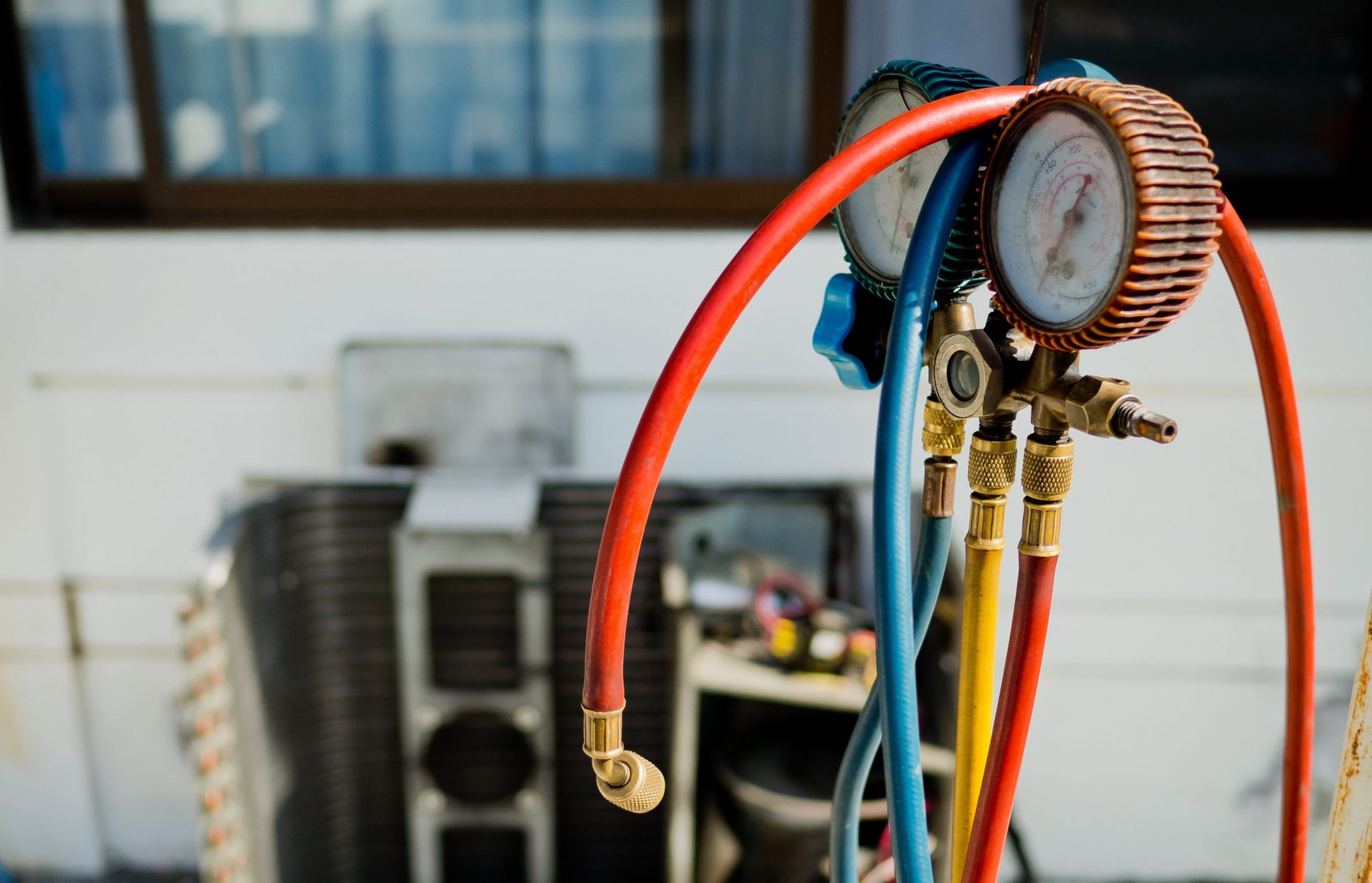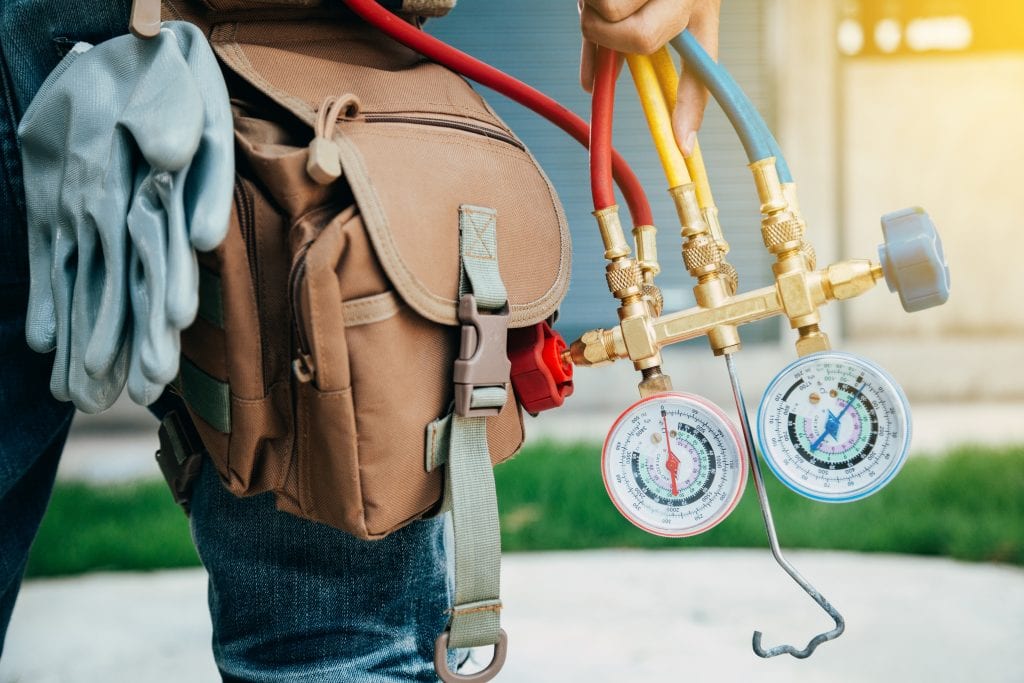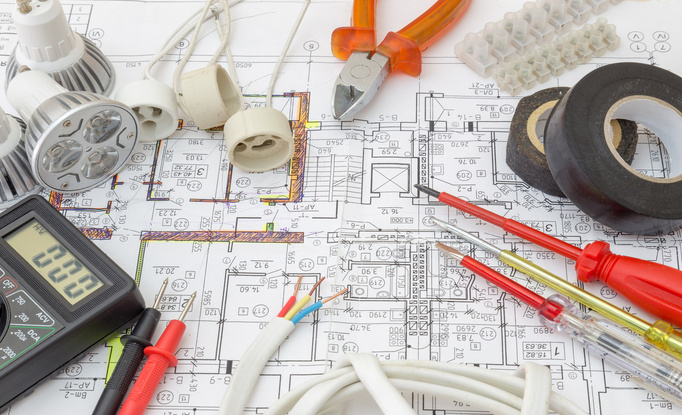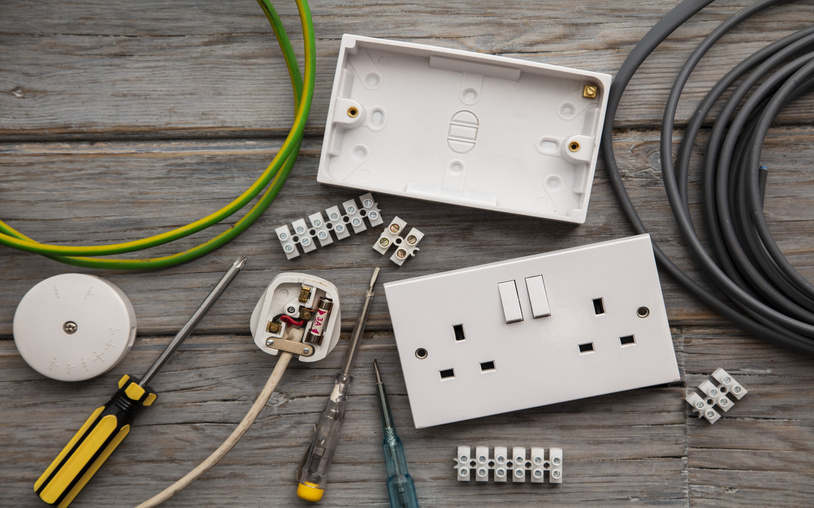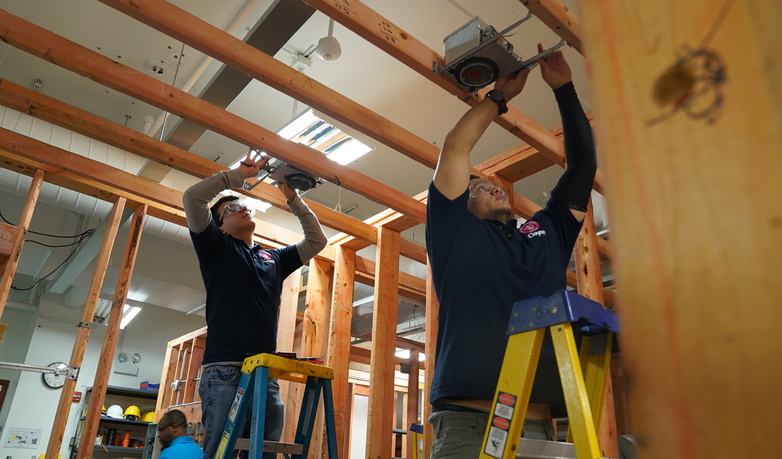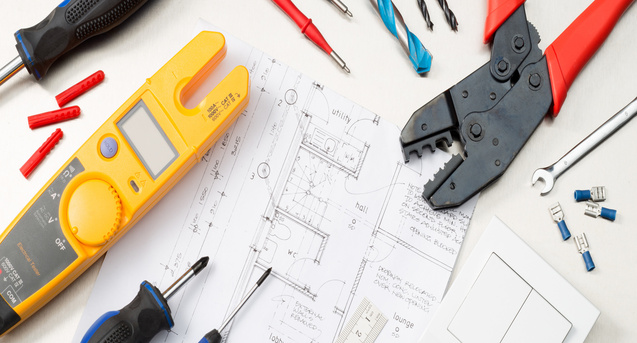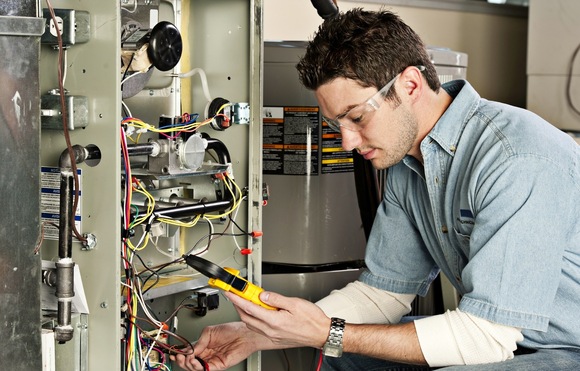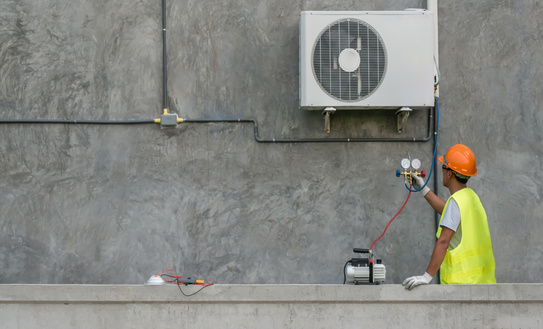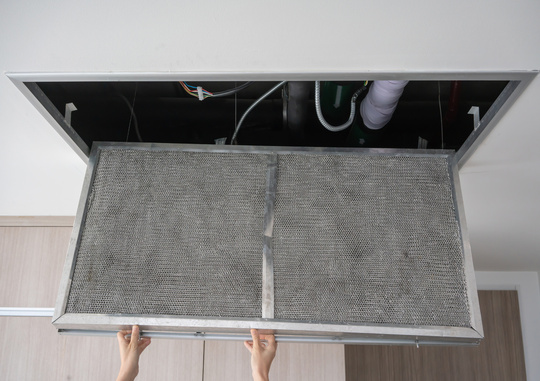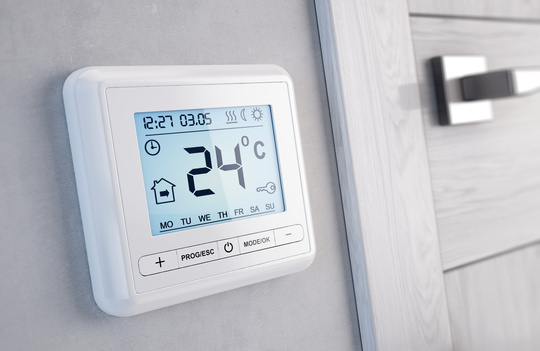If doesn’t matter if you’re conquering another Chicago winter or if your idea of “cold” is a balmy 65 degrees: A working furnace is vital to a comfortable winter. While it requires regular upkeep to work properly, even a well-maintained furnace can fail. Here are six common furnace problems and how to solve them.
1. The Air Filter Is Clogged
Your first step should be to examine the filter. Not only is this one of the most common causes of a struggling furnace, but it’s also one of the easiest, fastest and least expensive problems to fix.
While the air filter’s job it to get dirty, if it traps too much dirt and debris, it can become clogged and restrict airflow, forcing the furnace’s air handler work even harder. At best, this can diminish the air quality in your home, overheat your heat exchanger or and drive up your energy bill. At worst, it can become a fire hazard.
Safely checking your furnace filter is simple:
- Turn off both the thermostat and furnace.
- Find the filter. Some filters are inside the furnace itself. Others are in the intake and will resemble a grate in the wall, ceiling or floor.
- Remove the filter and hold it up to the light. If your filter’s so congested that light can’t pass through, it’s time to swap it out.
- Insert the new filter. Make sure the arrows point in the direction of airflow. Installing it backwards makes it less effective.
Many professionals suggest replacing your air filter every 90 days. If you have pets or household members with respiratory conditions, it may be necessary to change your filter more often. Generally speaking, if the air smells musty, the filter likely needs to be changed.
2. The Vents Are Blocked
If the furnace is running, but it’s still chilly indoors, take a quick tour of your home’s vents: both the supply and return registers. Each should be open all the way and unhindered by furniture, rugs or other items. Blocked registers can cause leaks in your home’s air ducts that may result in a malfunctioning unit.
3. The Thermostat Went Haywire
If the filter’s not to blame and your vents are wide open, the issue could be hanging right there on the wall. Troubleshoot the thermostat by performing the following checks:
- Bump the temperature up by 5 degrees and see if that resolves the problem.
- Replace the batteries.
- Verify that it’s not being triggered by sunlight, a space heater or another heat source heat that can prompt a false reading and convince your furnace it’s warmer indoors than it actually is.
- If you have an electromechanical thermostat, crack it open and dust the contact plate and coils with a soft brush.
4. The Furnace Power
In some cases, troubleshooting a furnace is a power struggle — literally. If you’ve ruled out the filter, vents, and thermostat, it’s time to check the energy supply.
Check the Furnace Switch
First, locate the furnace’s power switch and verify that no one turned it off by accident. It should be located near the unit itself.
Check the Breaker
Next, take a peek at your home’s breaker box. Before you start flipping switches, check for moisture or evidence of electrical damage. If you find any, call an electrician. If everything looks OK, first check that the HVAC breaker is on. It’s the one that faces in a different direction than the other switches.
If it’s off, manually test it by flipping it back and forth. You’re looking to confirm that it stays in the “On” position once there and doesn’t continue turning off.
Check the Furnace Fuse
If the breaker’s on and seems to be working properly, turn it off and inspect the furnace’s fuse. Replace it if it’s discolored or melted, either by calling an electrician or by unscrewing the blown fuse and taking it to your local hardware store to find the correct substitute.
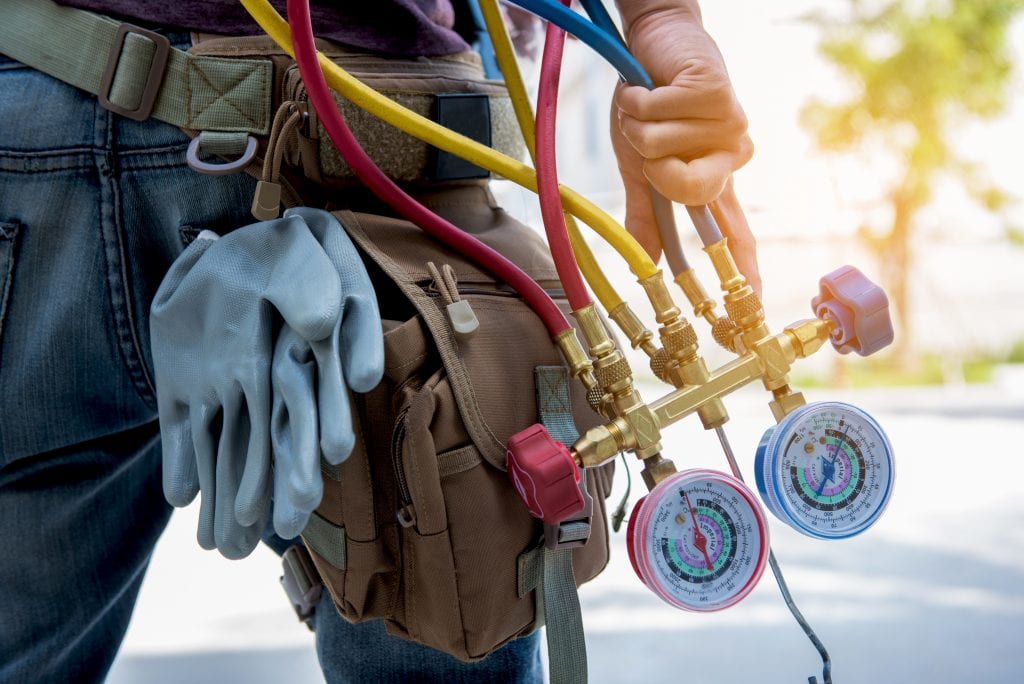
5. The Flame Went Out
Check your furnace flame and verify that it’s evenly shaped and a healthy blue color. This means that it’s safely burning fuel. If the flame is any other color, the burner likely needs to be cleaned. While it’s possible to remove dust, soot and debris on your own using a vacuum, it’s generally a job that’s best left to an HVAC professional. Better still, schedule an annual cleaning.
If the flame is out entirely, there are variety of reasons why:
- Drafts
- Clogs
- A faulty ignition system
To relight it, first turn the furnace off and on using the furnace switch. This will reset the ignition system. If that’s unsuccessful and you feel comfortable about relighting the pilot light yourself, turn the gas off for 15 minutes. During that time, consult the unit’s operation manual. If you smell gas, leave immediately and alert the gas company.
6. The Safety Switch Was Tripped
Most furnaces have a safety switch on the door that stops the burner and the fan from operating when the door is removed. When the access panel is taken off, the switch pops. If the panel is not put back on properly, nudged loose or damaged, the safety switch stays tripped, thereby preventing the furnace from running.
To fix this issue, simply reinstate the door. If you need an all-new safety switch, however, it’s best to contact an HVAC professional to do the wiring and installation.
Ideally, the furnace is your home’s workhorse. It’s neither seen nor heard — it just works. Even with regular maintenance, however, it can fail. When that happens, check for these six common problems, and don’t hesitate to enlist the help of an experienced furnace repair professional.
You can join the many talented HVAC technicians by starting your career at Coyne College in Chicago.
Coyne College’s HVAC Refrigeration program will equip you with the skills and knowledge necessary to enter the field with confidence.

